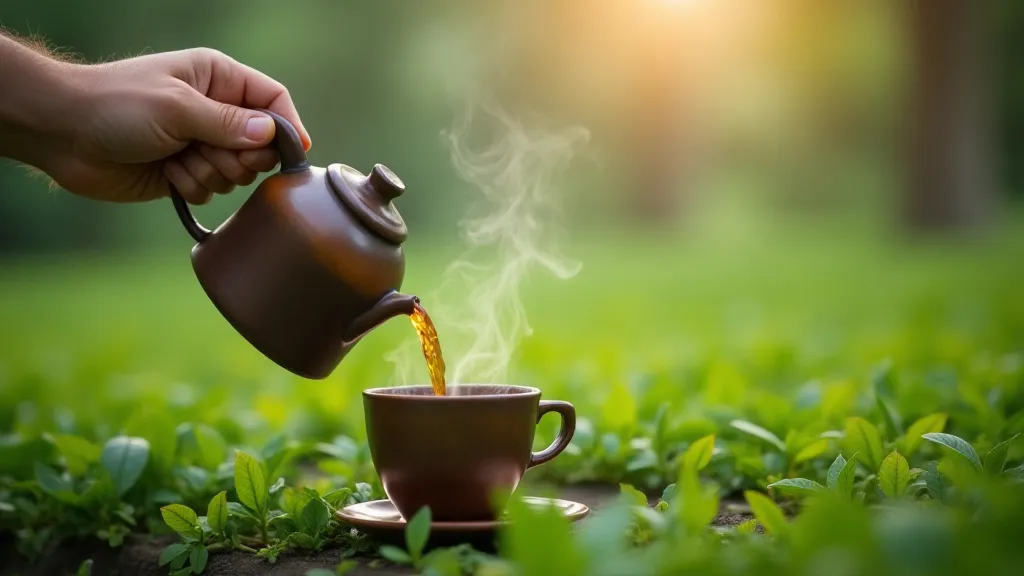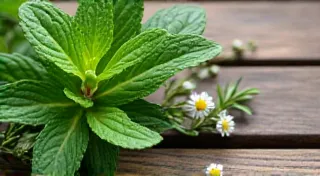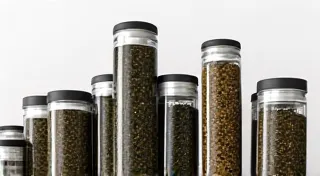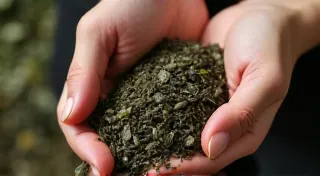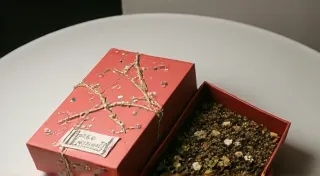Sustainable Tea Blending: Sourcing and Ethical Considerations
Blending your own tea is a beautiful and increasingly popular pursuit. The joy of crafting a unique aroma and flavour profile, perfectly suited to your taste, is undeniable. But as more people embrace the art of tea blending, it's vital to consider the ethical and environmental impact of our choices. Moving beyond simply delicious tea recipes, truly remarkable artisan tea considers the source of every ingredient. This article explores the crucial aspects of sustainable tea blending, allowing you to create exquisite blends while contributing to a healthier planet and fairer practices within the tea industry.
Why Sustainable Tea Blending Matters
The global tea industry, like many agricultural sectors, faces challenges related to environmental degradation, unfair labour practices, and biodiversity loss. Conventional tea farming can involve heavy pesticide use, deforestation to create new tea plantations, and exploitation of workers. Choosing to blend sustainably means actively seeking to minimize these negative impacts. It's about respecting the land, the people who cultivate the tea and herbs, and the overall health of the ecosystem.
Sourcing Sustainable Ingredients: A Deep Dive
The foundation of any sustainable blend lies in the sourcing of your ingredients. Here's a breakdown of key considerations:
- Organic Certification: While not a perfect solution, organic certification (like USDA Organic or European Union Organic) ensures that ingredients are grown without synthetic pesticides, herbicides, or fertilizers. Look for certified organic teas, herbs, and botanicals whenever possible.
- Fair Trade Practices: Fair Trade certification guarantees that producers receive a fair price for their crops, empowering them to invest in their communities and improve working conditions. This is particularly important for smaller tea farms in developing countries.
- Direct Trade Relationships: Taking it a step further, many artisan tea blenders are establishing direct trade relationships with tea farms, bypassing intermediaries and fostering transparency and collaboration. This allows you to learn more about the origin of your ingredients and support producers directly.
- Wildcrafted Ingredients: Some herbs and botanicals can be sustainably wildcrafted – harvested from their natural environment. However, this requires careful management to ensure that populations are not depleted and that the ecosystem remains healthy. Always source wildcrafted ingredients from reputable suppliers who practice responsible harvesting.
- Local and Regional Sourcing: Prioritizing ingredients grown locally or regionally reduces transportation emissions and supports local economies. Consider incorporating herbs and flowers grown in your own garden or sourced from local growers.
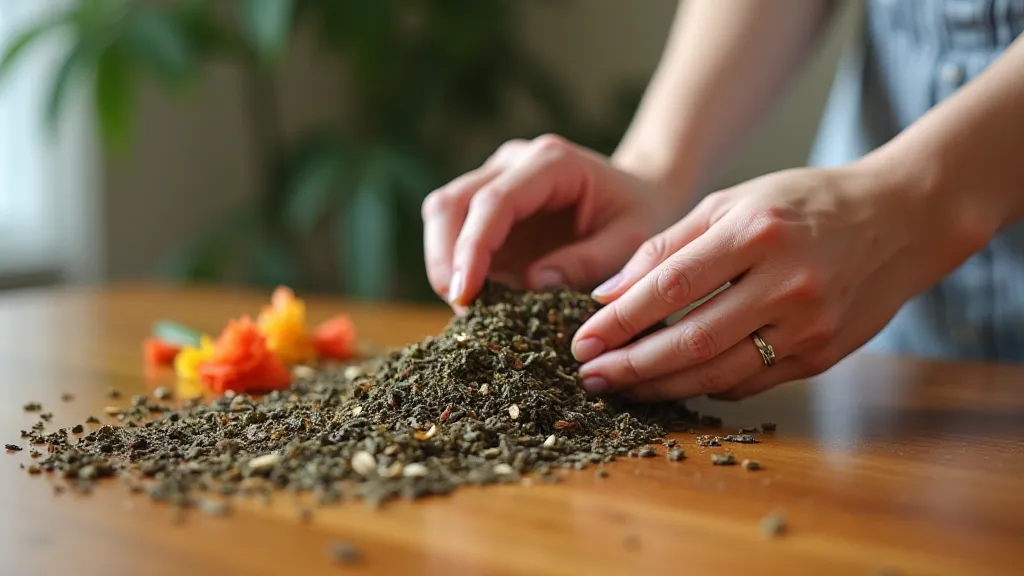
Beyond the Farm: Minimizing Environmental Impact
Sustainability isn's just about how the ingredients are grown; it’s also about how you handle them throughout the blending process.
- Packaging: Choose eco-friendly packaging materials. Avoid plastic and opt for recyclable, compostable, or biodegradable options like paper bags, glass jars, or metal tins. Consider offering refills to reduce packaging waste.
- Waste Reduction: Minimize waste throughout the blending process. Compost tea scraps and herb stems. Reuse containers whenever possible.
- Energy Efficiency: Be mindful of your energy consumption. Use energy-efficient equipment and consider using renewable energy sources.
- Transportation: If sourcing ingredients from afar, consider the environmental impact of transportation. Choose suppliers who prioritize sustainable shipping practices.
Specific Ingredient Considerations for Sustainable Blending
Certain ingredients pose particular sustainability concerns. Being aware of these allows you to make more informed choices when creating your tea recipes.
- Chamomile: Wild-harvested chamomile can put a strain on local ecosystems. Look for organically cultivated chamomile to support sustainable practices.
- Peppermint: Similar to chamomile, wild-harvested peppermint can be overexploited. Opt for organically grown peppermint.
- Rose Petals: Ensure that rose petals are harvested sustainably, avoiding rose farms that rely on pesticides.
- Lavender: Look for organically grown lavender to avoid harmful chemicals.
The Blending Process: A Conscious Approach
Even the way you blend can contribute to sustainability.
- Batch Size: Consider blending in smaller batches to minimize waste and ensure freshness.
- Storage: Proper storage helps preserve the quality and potency of your blends, reducing the need for replacements.
- Education: Share your knowledge and passion for sustainable tea blending with your customers, encouraging them to make informed choices.
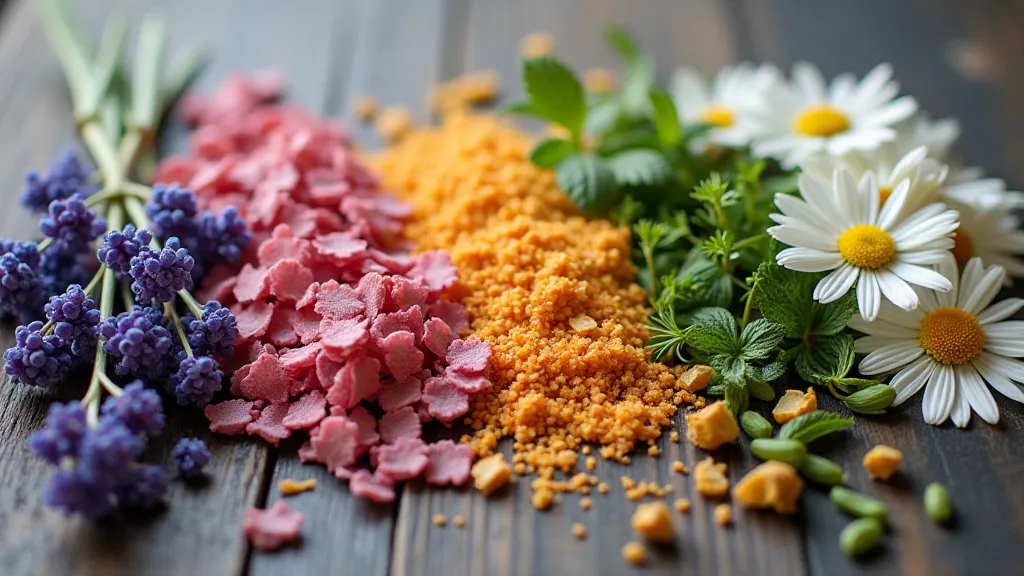
Embracing a Holistic Approach to Artisan Tea
Sustainable tea blending is more than just a trend; it’s a commitment to ethical and environmental responsibility. It’s about creating delicious and nourishing blends while respecting the planet and the people who cultivate the ingredients. By making conscious choices about sourcing, production, and packaging, you can contribute to a more sustainable and equitable tea industry. It enriches the overall experience – knowing your herbal tea and gourmet tea are not only flavorful but also produced with integrity.
As a tea blending enthusiast, you have the power to influence the market and inspire others to embrace sustainability. Every blend is an opportunity to create positive change – one delicious, ethical cup at a time.
